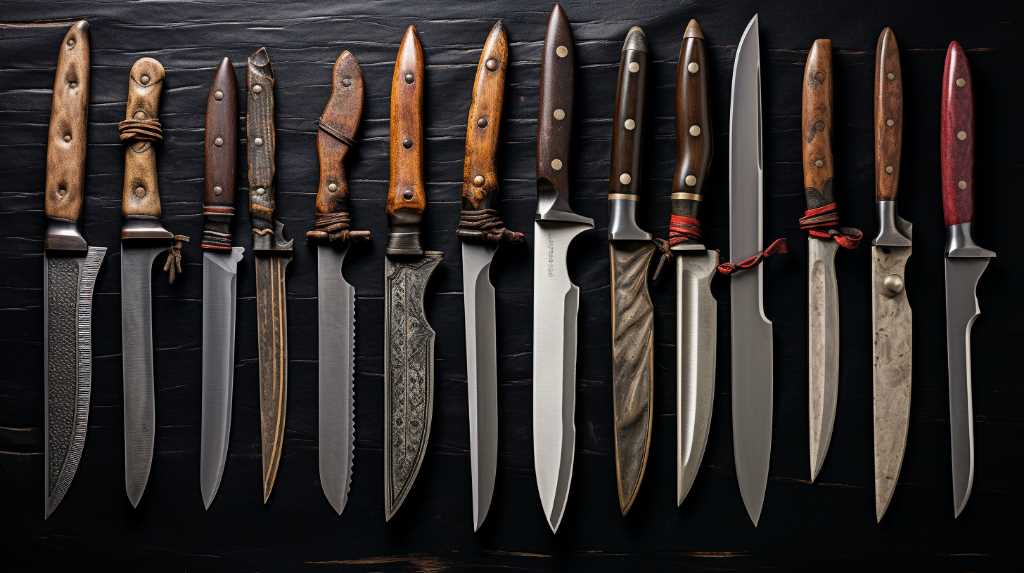
When selecting the length of a throwing knife, it is crucial to consider various factors that can greatly impact its effectiveness.
Just as a skilled archer chooses the right arrow to hit their target with precision, the length of a throwing knife can significantly affect the accuracy and distance of the throw.
By understanding the importance of throwing distance, target size, skill level, purpose, and personal preference, one can make an informed decision and enhance their throwing knife experience.
Key Takeaways
- Throwing distance determines the appropriate length of a throwing knife, with longer distances requiring longer knives for stability and accuracy.
- Target size influences the length selection, with larger targets benefiting from longer knives for better penetration and stability, while smaller targets may benefit from shorter knives for increased accuracy and maneuverability.
- Skill level affects the choice of throwing knife length, with beginners often using shorter knives for easier handling and control, and advanced throwers opting for longer knives for increased distance and accuracy.
- Personal preference is a significant factor in choosing the length of a throwing knife, with factors such as purpose, hand size, and throwing technique influencing individual preferences. Balancing personal preference and practicality is crucial for a successful throwing experience.
Throwing Distance

When considering the length of a throwing knife, it is essential to assess the throwing distance regularly to ensure optimal accuracy and effectiveness. The throwing distance refers to the distance between the thrower and the target. It plays a crucial role in determining the appropriate length of a throwing knife.
A longer throwing distance generally requires a longer knife to maintain stability and accuracy during flight. This is because a longer knife will have a greater rotational inertia, allowing it to maintain a consistent flight path over longer distances.
On the other hand, if the throwing distance is shorter, a shorter knife may be more suitable as it will require less force to reach the target. Additionally, a shorter knife can provide more control and precision in close-range throws.
Therefore, understanding and considering the throwing distance is vital in selecting the ideal length of a throwing knife for optimal performance.
Target Size
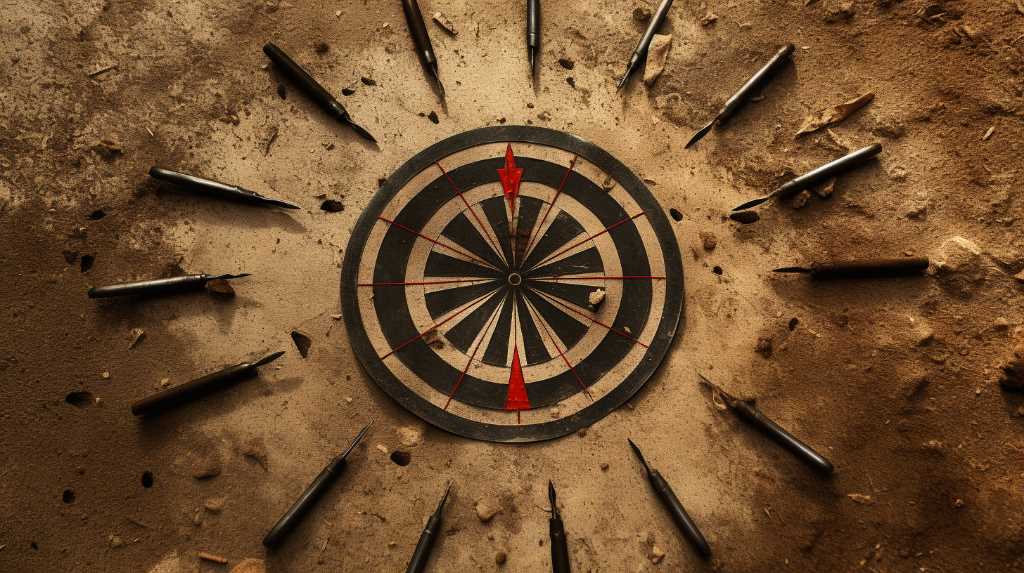
To ensure accurate and effective throws, the length of a throwing knife should be chosen based on factors such as the throwing distance and the size of the target. When considering the target size, it is important to select a knife length that will allow for optimal penetration and precision. Here are some factors to consider:
- Target size:
- Larger targets may require a longer knife for better penetration and stability.
- Smaller targets may benefit from a shorter knife for increased accuracy and maneuverability.
- Throwing technique:
- Different throwing techniques may require different knife lengths. Experimentation is key to finding the right fit for your throwing style.
Skill Level
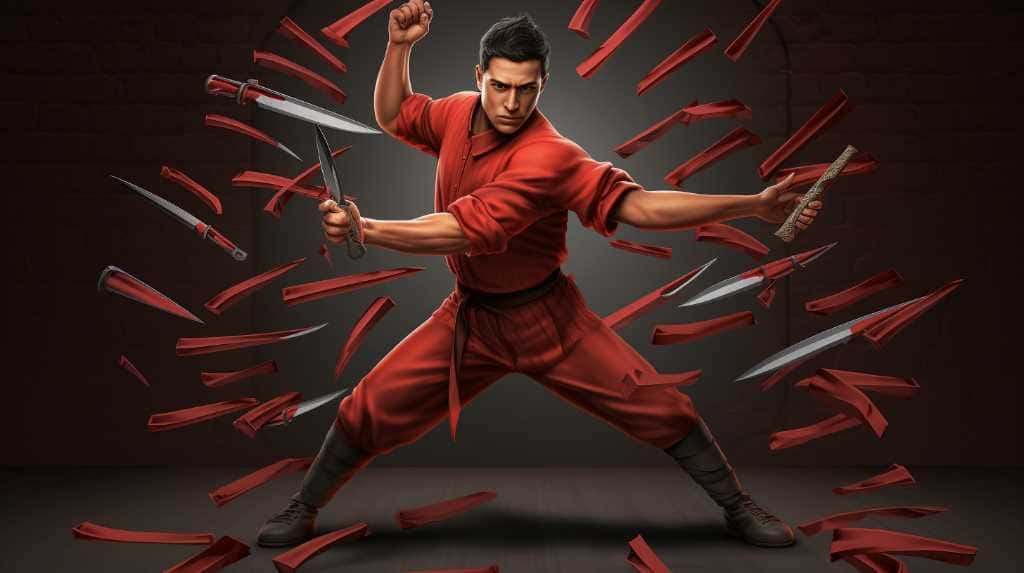
The skill level of the thrower, along with other factors, can influence the appropriate length of a throwing knife. When considering the length of a throwing knife, it is important to take into account the thrower's experience and proficiency.
For beginners, shorter knives are often recommended as they are easier to handle and control. As the thrower gains more skill and confidence, they may choose to use longer knives for increased distance and accuracy.
It is also crucial to consider the type of target and throwing technique employed. Larger targets may require longer knives to ensure they penetrate deeply enough, while smaller targets may benefit from shorter knives for precision.
Ultimately, the decision on knife length should be based on the individual's skill level, target size, and throwing technique to maximize throwing performance and achieve liberation in their throwing practice.
Purpose
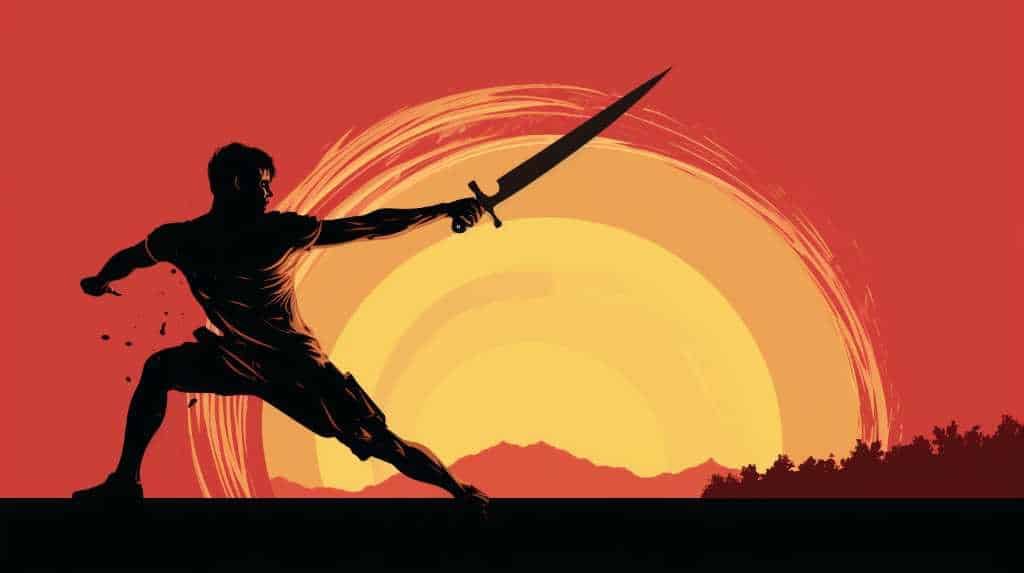
In order to fully understand the purpose of choosing the length of a throwing knife, it is essential to consider various factors such as skill level and target size. The length of a throwing knife can greatly affect its performance and accuracy.
Here are some factors to consider when choosing the length of a throwing knife:
- Skill level:
- Beginners may find shorter knives easier to handle and control.
- Advanced throwers may prefer longer knives for increased range and power.
- Target size:
- Smaller targets require more precision, making shorter knives a better choice.
- Larger targets allow for more forgiving throws, making longer knives suitable.
When selecting the length of a throwing knife, it is important to find a balance between comfort, control, and the intended purpose. Remember that practice and experimentation are key to finding the perfect length for your throwing knife.
Personal Preference
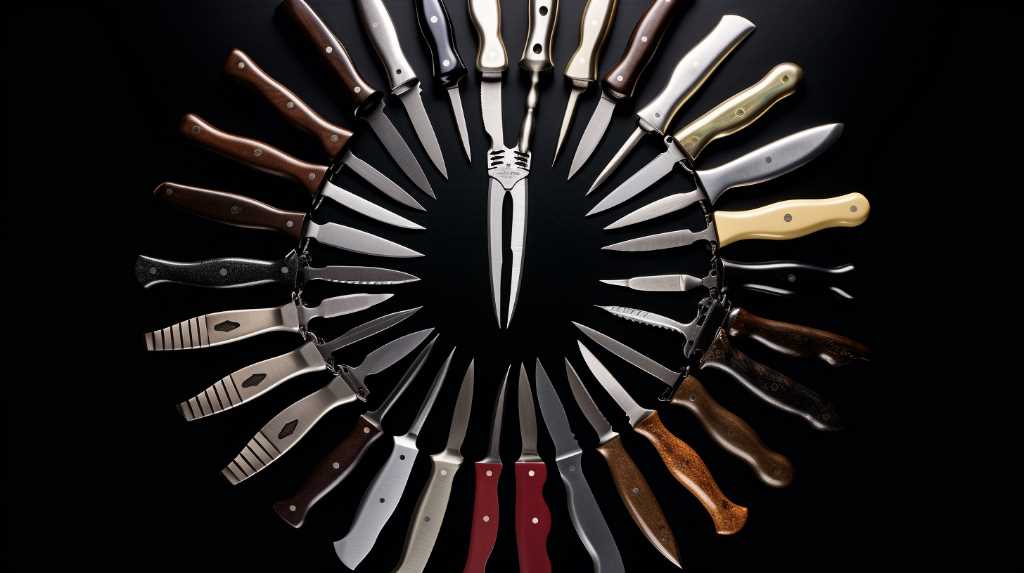
Many factors influence the length of a throwing knife, but personal preference plays a significant role in the decision-making process. When choosing the length of a throwing knife, it is important to consider factors such as the purpose of the knife, the size of the user's hand, and the throwing technique being used.
Personal preference, however, should not be underestimated. Some people may prefer a longer knife for its increased stability and range, while others may opt for a shorter knife for its agility and maneuverability. Ultimately, the length of the throwing knife should align with the user's comfort and skill level.
It is crucial to strike a balance between personal preference and practicality to ensure a successful throwing experience. By considering personal preference, throwers can liberate themselves from the constraints of conventional norms and find the perfect length for their throwing knife.
Frequently Asked Questions
Can the Length of a Throwing Knife Affect Its Balance and Stability During Flight?
The length of a throwing knife can indeed affect its balance and stability during flight. Factors such as weight distribution, aerodynamics, and the thrower's technique must be considered when choosing the optimal length for a throwing knife.
Does the Weight of a Throwing Knife Play a Role in Determining Its Ideal Length?
The weight of a throwing knife is indeed a crucial factor to consider when determining its ideal length. A knife that is too heavy may require a shorter length for better control and accuracy during flight.
Are There Any Legal Restrictions or Regulations Regarding the Length of Throwing Knives in Certain Areas?
When considering the length of a throwing knife, it is important to take into account any legal restrictions or regulations that may be in place in certain areas. These regulations vary and should be thoroughly researched to ensure compliance.
Can the Length of a Throwing Knife Affect the Accuracy and Precision of Throws?
The accuracy and precision of throws in throwing knives can be influenced by the length of the blade. Factors such as weight distribution, balance, and throwing technique should be considered when selecting an appropriate length for optimal performance.
Are There Any Specific Techniques or Throwing Styles That Work Better With Longer or Shorter Throwing Knives?
When considering the length of a throwing knife, it is important to take into account specific techniques and throwing styles. Certain techniques may be better suited for longer knives, while others may require shorter ones.
Conclusion
In conclusion, when choosing the length of a throwing knife, several factors should be considered.
The throwing distance is important as longer knives may be suitable for longer distances, while shorter ones are better for shorter ranges.
Target size also plays a role, with larger targets requiring longer knives for better accuracy.
Skill level and purpose are other crucial factors, as beginners may find shorter knives easier to handle, and specific purposes may require specialized lengths.
Ultimately, personal preference should also be taken into account.
Remember, the right length can greatly impact your throwing experience and success.

